There’s no doubt you’ve come across a few examples of golf courses with the word “quarry” in their name. And while many of them are brandished with that moniker for obvious reasons—i.e., they’re routed across lands that previously hosted commercial excavations of rock or sand—not all of them exhibit evidence of those extreme, land-altering operations. The ones that do present visually striking environments where memorable rounds of golf are all but guaranteed.
Here, we spotlight nine of the best true quarry golf courses, found across the United States and the Caribbean.
Chambers Bay—University Place, Wash.
One could easily make the mistake of thinking that a glacier recession thousands of years ago is what produced the topography of the land upon which Chambers Bay is routed. While such geological shifts did occur here—and, thus, did have a slight impact on the site’s dynamic terrain—the more dramatic cuts and aggressive changes in elevation are due to the site’s former use as a sand and gravel mine, where stone was extracted and used in the construction for much of downtown Seattle. Robert Trent Jones Jr. and his design team used the existing landforms as scaffolding for the construction of the course, reshaping some of the sand piles into massive dunes, then routing golf holes over, between, and around those features. The drivable par-four 12th hole, with its green largely concealed by an Everest-like mounding on the left, best exemplifies this work.

Bay Harbor Golf Club—Bay Harbor, Mich.
For most of the 20th century, the parcel of land along the southern shore of Little Traverse Bay in northern Michigan was home to a mining operation and expansive cement plant. Those operations eventually ceased in 1980, but it took almost 20 years before a viable new use of the land—Bay Harbor Golf Club—emerged. Designed by Arthur Hills, the club’s 27 holes are as diverse as the names of the three 9-hole courses (Quarry, Links, and Preserve). The Quarry nine really begins to show its character on its 3rd hole, a long par five that plays along a ridge with a precipitous drop-off spanning the entire right side of the fairway. The 5th hole, also a par five, boasts a shallow green flanked by a sheer rock cliff face behind and guarded by a pond in front. The subsequent 6th hole is equally dramatic as the fairway swoops around to the right, where golfers must hit a forced-carry approach over native area to a small green that sits in a slight depression surrounded by jagged rock outcroppings and other geological evidence of the old mining work that once dominated the land.
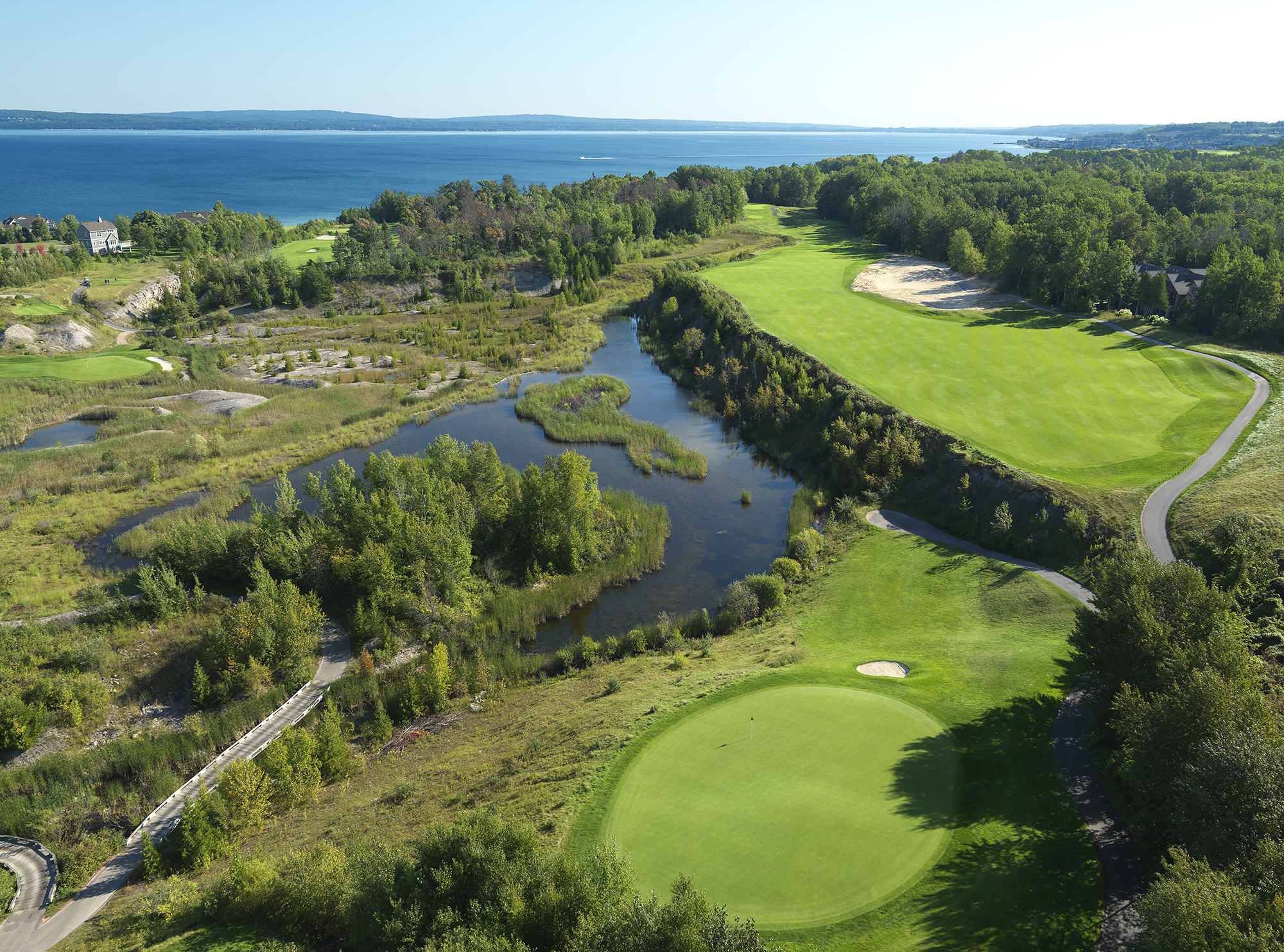
Tobacco Road Golf Club—Sanford, N.C.
The late course architect Mike Strantz was known for taking an avant-garde approach to landscape design. However, at the core of his ideology were the philosophies and practices employed by Alister MacKenzie and his contemporaries, which partially explains how a wildly adventurous layout such as Tobacco Road could be born. After all, Strantz was initially presented with a jagged landscape, one that bore evidence of its previous use as a sand quarry. Embracing the Golden Age ideal of letting the land dictate a golf hole’s character, Strantz slotted fairways and greens in between these towering dunes and beyond deep chasms, creating multiple blind shots and a bevy of slopes and contours that require players to predict caroms and rolls. The result is a polarizing golf course made even more subjective by the fact that at no point during a round will players encounter OB stakes.
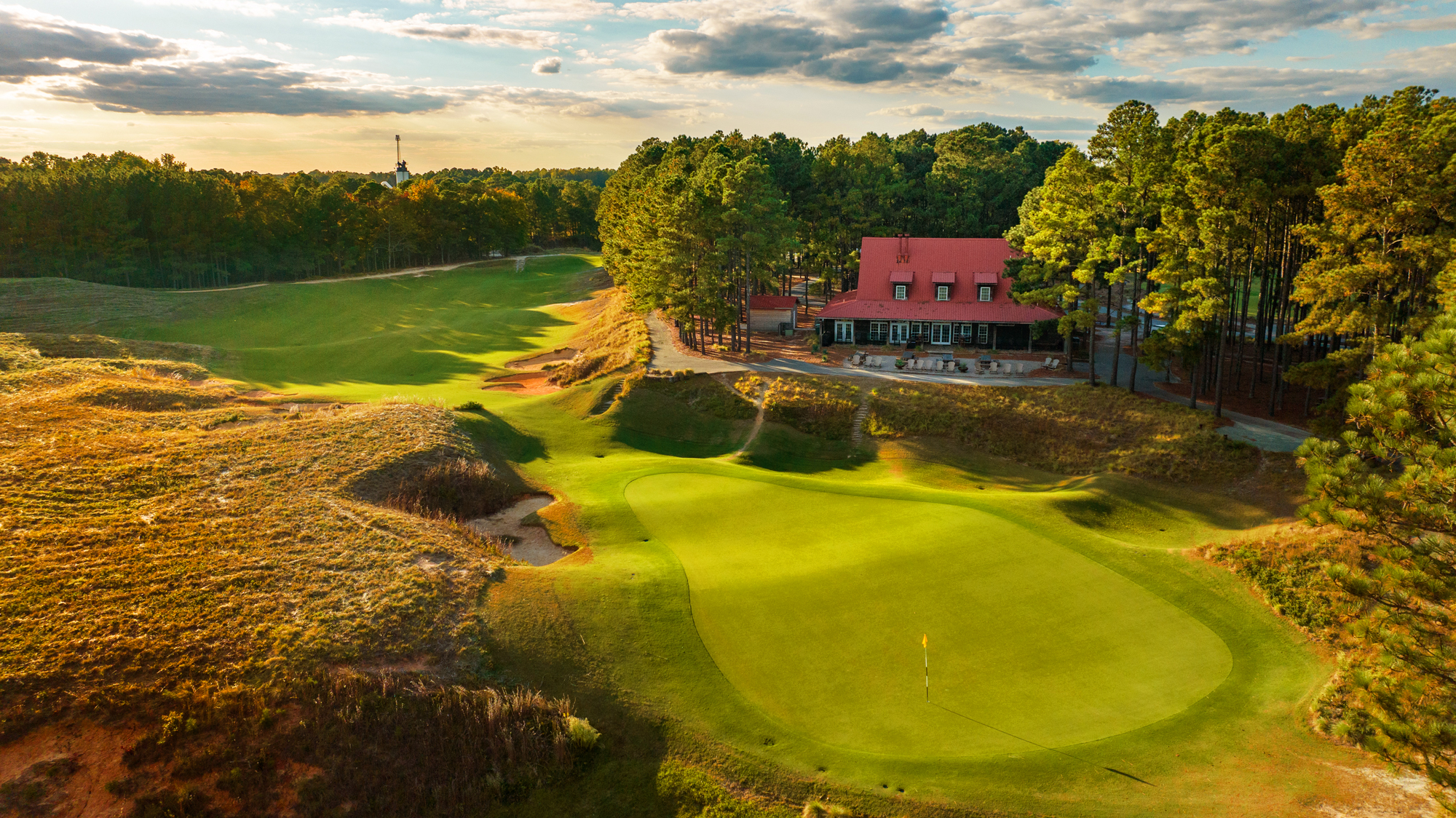
Black Diamond Ranch (The Quarry)—Lecanto, Fla.
When Tom Fazio got to work designing and building The Quarry course at Black Diamond Ranch in western Florida during the mid-1980s, he was given carte blanche to create the most dynamic and memorable 18 holes that he could. As its name implies, this layout is carved across a parcel of land that previously served as two limestone quarries, and the back nine—particularly holes 13 through 17—best deliver on that promise with a par three that plays over a pit, a boomerang-shaped par five that at least twice flirts with the edges of an even larger crater, and a mid-length par four that drops 85 feet and plays to a green that’s positioned in front of a massive limestone wall. It’s a mesmerizing stretch of holes, ones that can yield birdies, eagles, and big numbers given the imposing drop-offs that line some of the playing corridors.

Giants Ridge (The Quarry)—Biwabik, Minn.
At Giants Ridge in northeastern Minnesota, The Quarry, like many of the courses in this story, introduces numerous design features that you’d expect to find on a classic links layout—reverse-camber putting surfaces, fairways molded with player-friendly speed slots, and the occasional green complex outfitted with backstops. It also boasts several unique holes. The par-five 5th, for example, plays downhill to a large cut left by the site’s mining past, while the par-four 9th intimidates players with its narrow fairway squeezed between imposing embankments on both sides. The final hole, however, is where the former quarry best reveals itself, as the Embarrass Mine Pit can come into play along the right side, especially for golfers who take a more conservative line with their tee shots. As is the case on most quarry golf courses, the land here at Giants Ridge is boldly contoured, making for a thrilling round for those who rent one of the golf club’s Finn Cycles.

The Quarry Golf Course—San Antonio, Texas
At some golf courses built at former quarries, the evidence of past mining initiatives has softened with time. Such is not the case at The Quarry Golf Course, located a few miles outside of downtown San Antonio. At numerous points across the layout, the 200-foot smokestacks—the most obvious remnants of the defunct Alamo Cement Co.—tower above the landscape in the distance; however, once players make the turn, the back nine gradually brings them deeper and deeper into the former quarry’s pit, where massive rock outcroppings, steep cliffs, and rock wall backdrops offer a stark juxtaposition to the gradually contoured fairways and greens constructed by Keith Foster in 1993.

Old Quarry Golf Course—Willemstad, Curaçao
Unlike the rest of the courses on this list, the Old Quarry Golf Course in Curaçao is unique for the fact that, despite its name, it’s not such an old quarry. In fact, the nearby quarry is still active and rests less than a quarter mile from the par-three 13th hole—a challenging one-shotter that plays alongside the partially exposed base of the “Tafelberg” mountain. Golfers here will play through a variety of environments, including alongside the Caribbean Sea and Spanish Water Bay; however, it’s the holes that play near the quarry that can be the most challenging, for the simple fact that the aforementioned mountain can conceal the direction and strength of the wind.

Sandy Lane (The Green Monkey)—St. James, Barbados
When Tom Fazio and his team ventured to Barbados to construct the Sandy Lane resort’s flagship (and uber-exclusive) Green Monkey golf course, they arrived with a vast budget to work with and a directive to create something spectacular. “No money was spared on the golf course,” says Tom Marzolf, a senior design associate with Fazio Golf Course Designers, who adds that The Green Monkey cost $27 million when all was said and done. While most of the team’s focus was aimed at carving out sweeping fairways, dynamic greens, and the architect’s signature bunkers, they also devoted significant energy and capital resources to further expose the rock outcroppings that punctuate the site’s former existence as a limestone quarry. That work produced a visually stunning environment, one that works in tandem with the course’s limited accessibility to ingrain a sense of excitement and appreciation from anyone lucky enough to tee it up there. “It’s very bold terrain,” Marzolf says, “and we created [more] boldness by exposing those quarry walls.”

Royal Westmoreland—St. James, Barbados
Like The Green Monkey, which carves its way through lush rainforests less than three miles to the south, Royal Westmoreland shines in part for the remnants of the island’s old quarry that still stand. Much of the stone used to create the island’s roadways was lifted from this site, and, ironically, exposed rock outcroppings from that mining work characterize the routes that players must take as they attempt to navigate this Robert Trent Jones Jr. creation, circa 1995. Almost a third of Royal Westmoreland’s holes boast evidence of that mining work; however, the course’s signature hole, the par-four 6th, leaves the most indelible impression. On this moderately long par four, players must first hit drives to an elevated fairway flanked by an expansive, limestone cliff face along its back edge. Once they reach the fairway on this sharp right-to-left dogleg, players will encounter an even more compelling sight—a small green tucked within an amphitheater of exposed limestone.
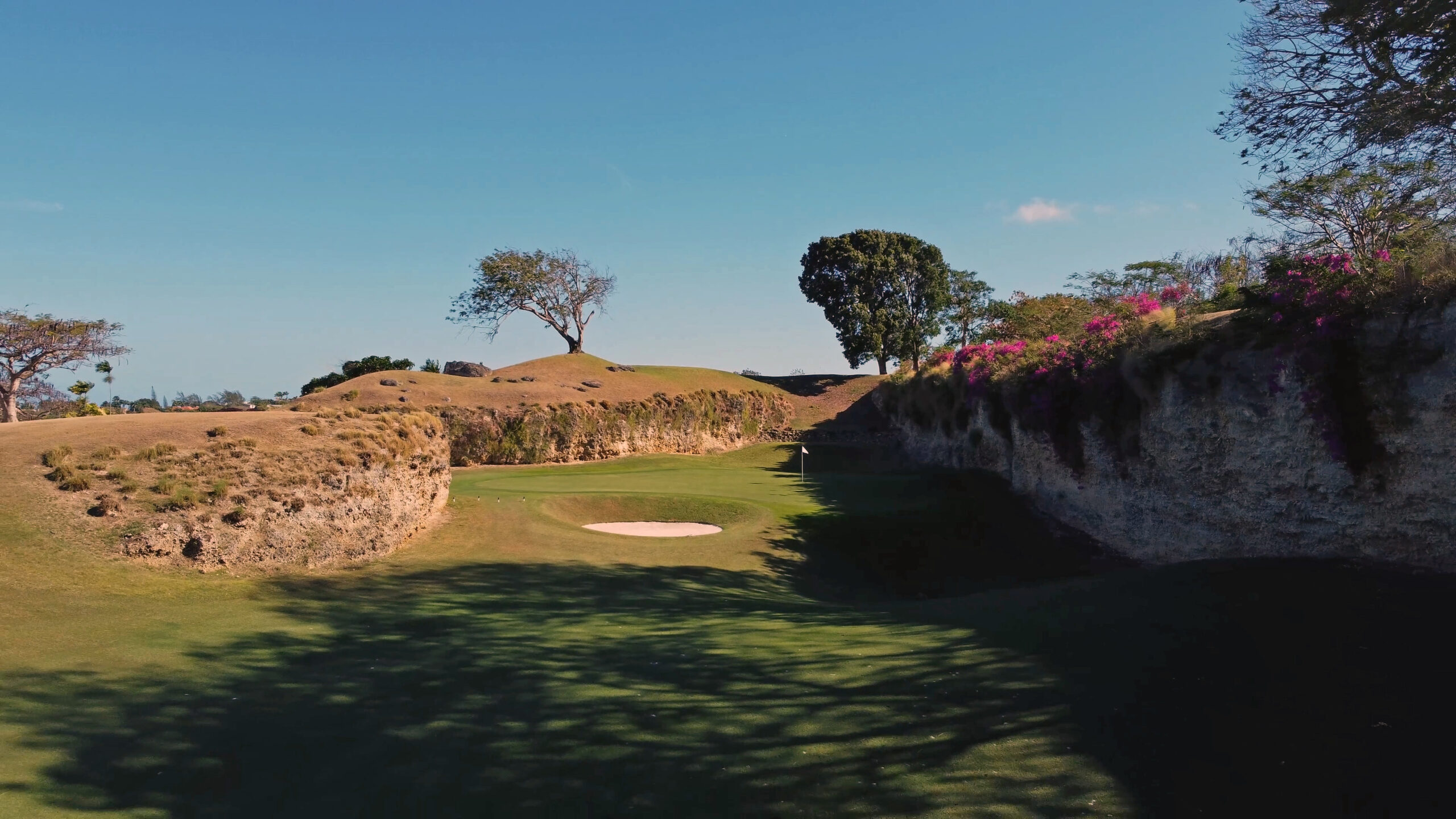



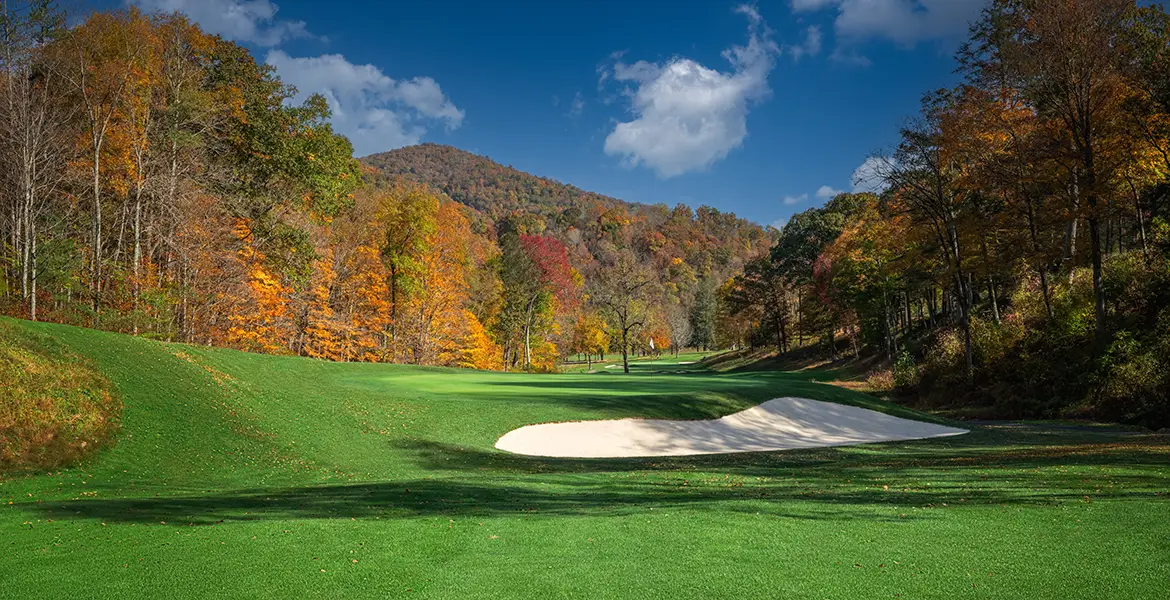
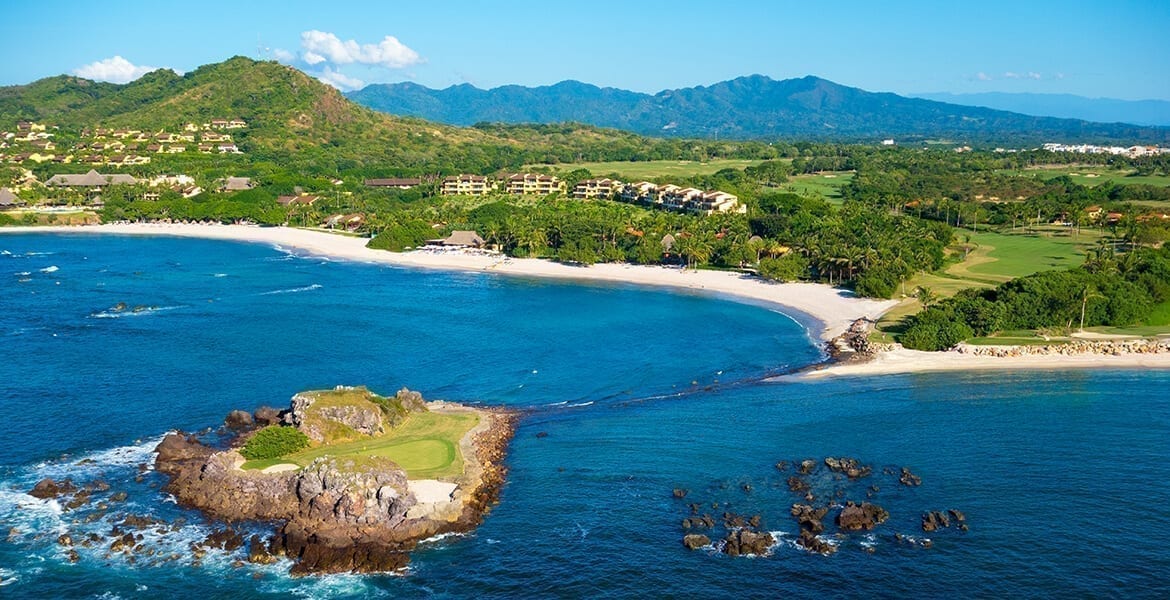

Oak Quarry in California is another great example of a course built on the site of an old quarry.
WOW! Just viewed Oak Quarry website. Looks very dramatic and beautiful.
I consider Oak Quarry one of my biggest golf surprises ever…. great visuals and a very good course.
Victory course at Verrado in Arizona is also a great quarry course.
What about streamsong 3 courses
Bucks Run Mt. Pleasant Michigan built on a former quarry and is complete with a course replica putting green!
How could you omit Merion?
Victoria National?
Streamsong?
Canyon Farms in Lenexa KS. Includes one of the most spectacular par 3 holes in the country. It would be the signature hole on no less than 80% of the top 100 courses
How could you miss Oak Quarry in California. Stunning !
Fun article. I live in Minnesota and have played Giants Ridge Quarry. It is an outstanding course with plenty of challenge. Play it if you have a chance. Also I wish to mention Quarry Pines in Tucson Az. I got a chance to play this course in February while visiting Tucson. Paired up with two locals that would offer “insider” info on where to hit shots. Fun course, cool layout and the front vs the back nines is a dramatic difference in looks and terrain. Well worth playing.
How about the Quarry in Canton Ohio
Harborside in Chicago. Peninsula Lakes in Ontario, Canada, west of Niagara Falls.
Granite Links just a few miles outside Boston. Built around abandoned quarries with dirt from the “big dig” offers 27 holes with views of the Boston skyline.
The Quarry at La Quinta, just behind PGA West.
Sand Ridge CC Chardon Ohio (now merged with Mayfield CC as Mayfield SandRidge). Built on property of Fairmount Minerals/Best Sand Co., one of the worlds largest suppliers of high quality bunker sand to golf courses! When first opened 1998 this Fazio design was #52 on America’s top 100 list